Driving through Spain is an amazing way to explore the country at your leisure. To make the journey as enjoyable as possible, you should become familiar with Spanish road signs and road markings as although they are similar to those found in other European countries as their shape, colour and meaning all follow universal standards, you could be caught off guard.
Here are the signs you should be aware of:
- Circular signs are regulatory signs indicating compulsory rules or restrictions for that stretch of road, such as speed limits or no overtaking zones.
- Square signs are informational signs providing information about the road ahead such as upcoming curves or service areas.
- Red and white triangular signs are warning signs alerting for possible dangers like sharp bends, pedestrian crossings or slippery surfaces.
- Red and yellow triangular signs are temporary warnings often used to signal roadworks or other short-term hazards.
Essential Spanish Road Signs
Speed Limit
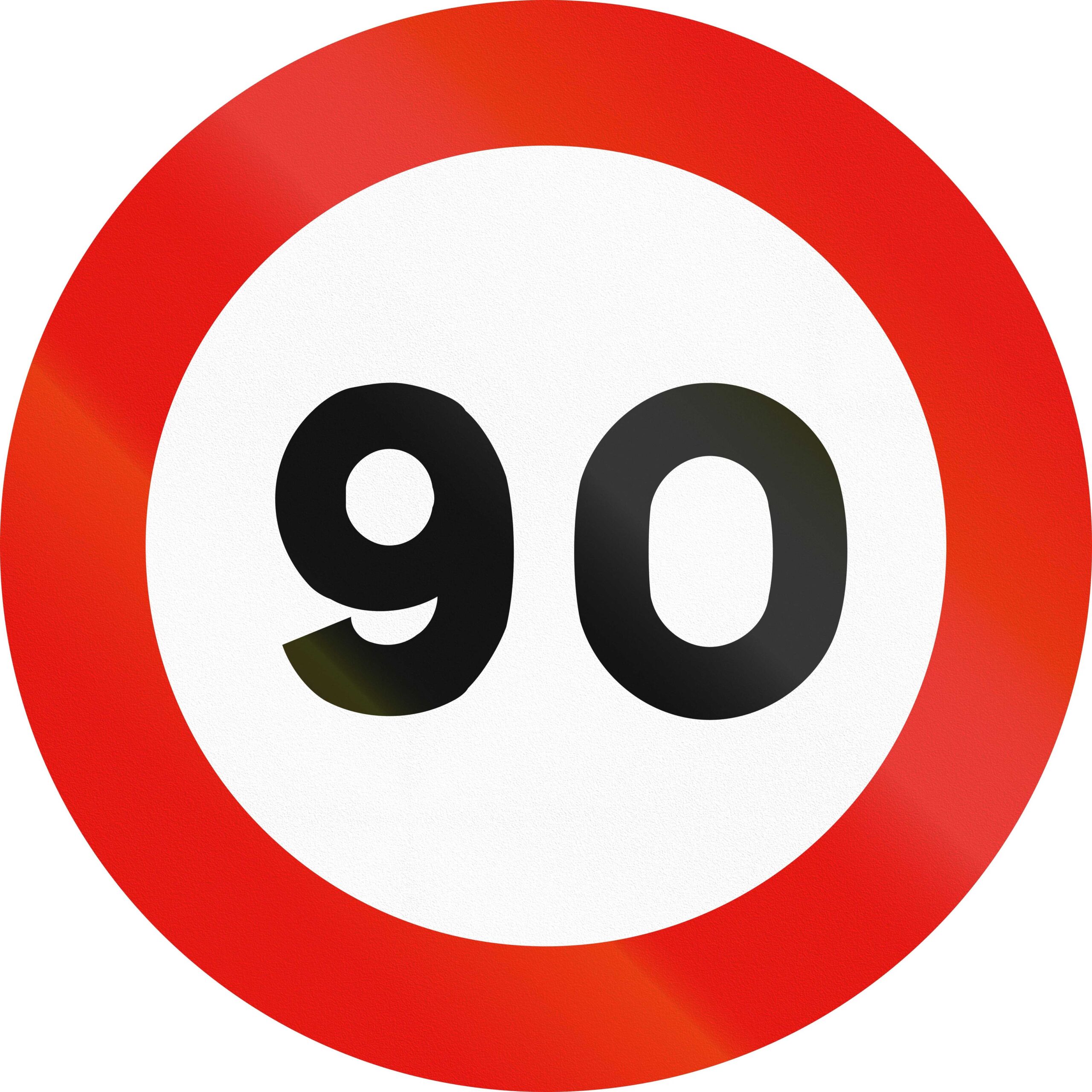
Speed limit signs in Spain are the same as in other European countries. Please note that Spain uses kilometres per hour (km/h) rather than miles per hour (mph).
Minimum Speed Limit
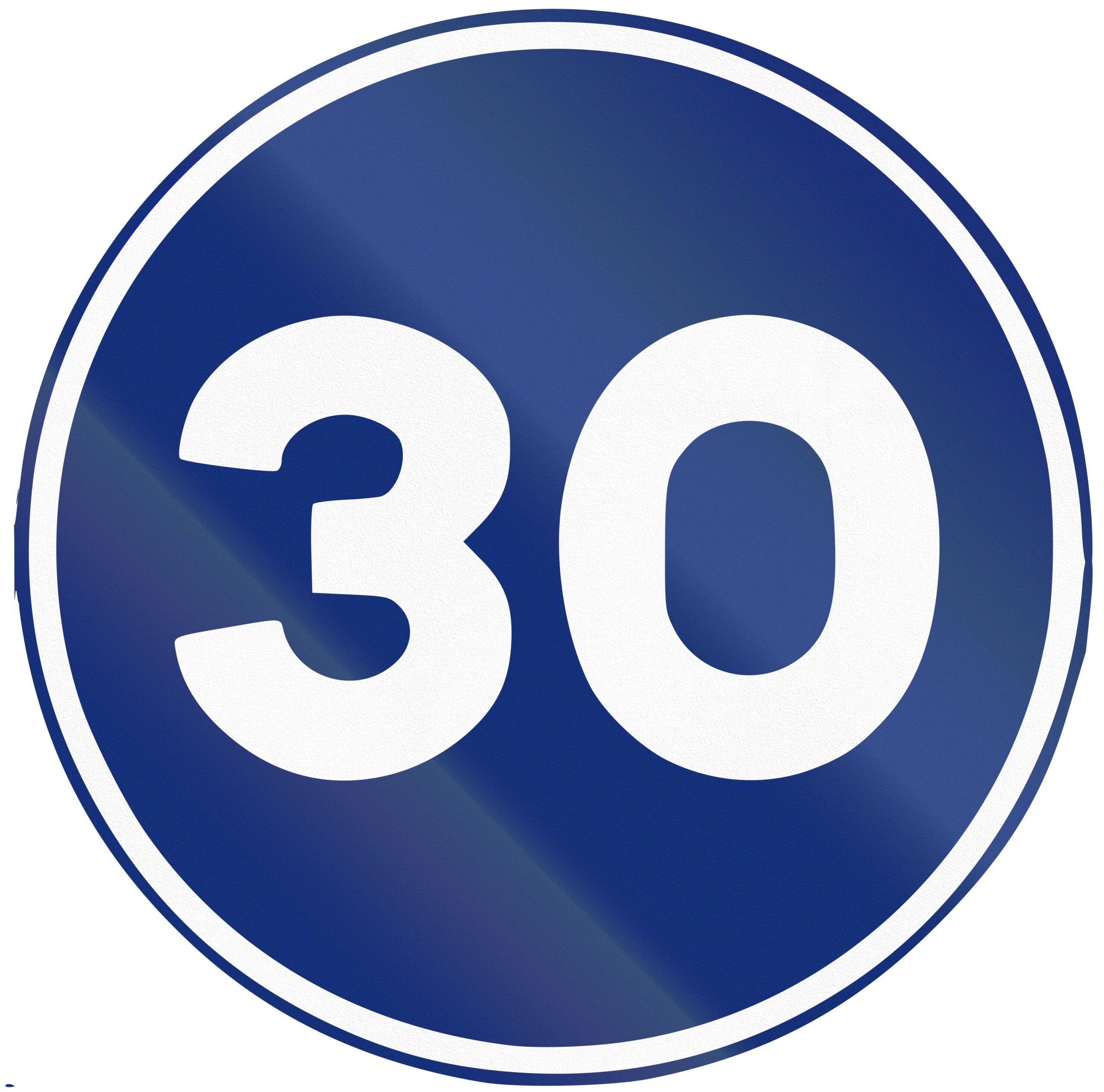
This is a minimum speed limit sign. If the vehicle you’re driving is not capable of driving at the speed indicated then you will need to find an alternative route.
Recommended Speed Applies/Ends
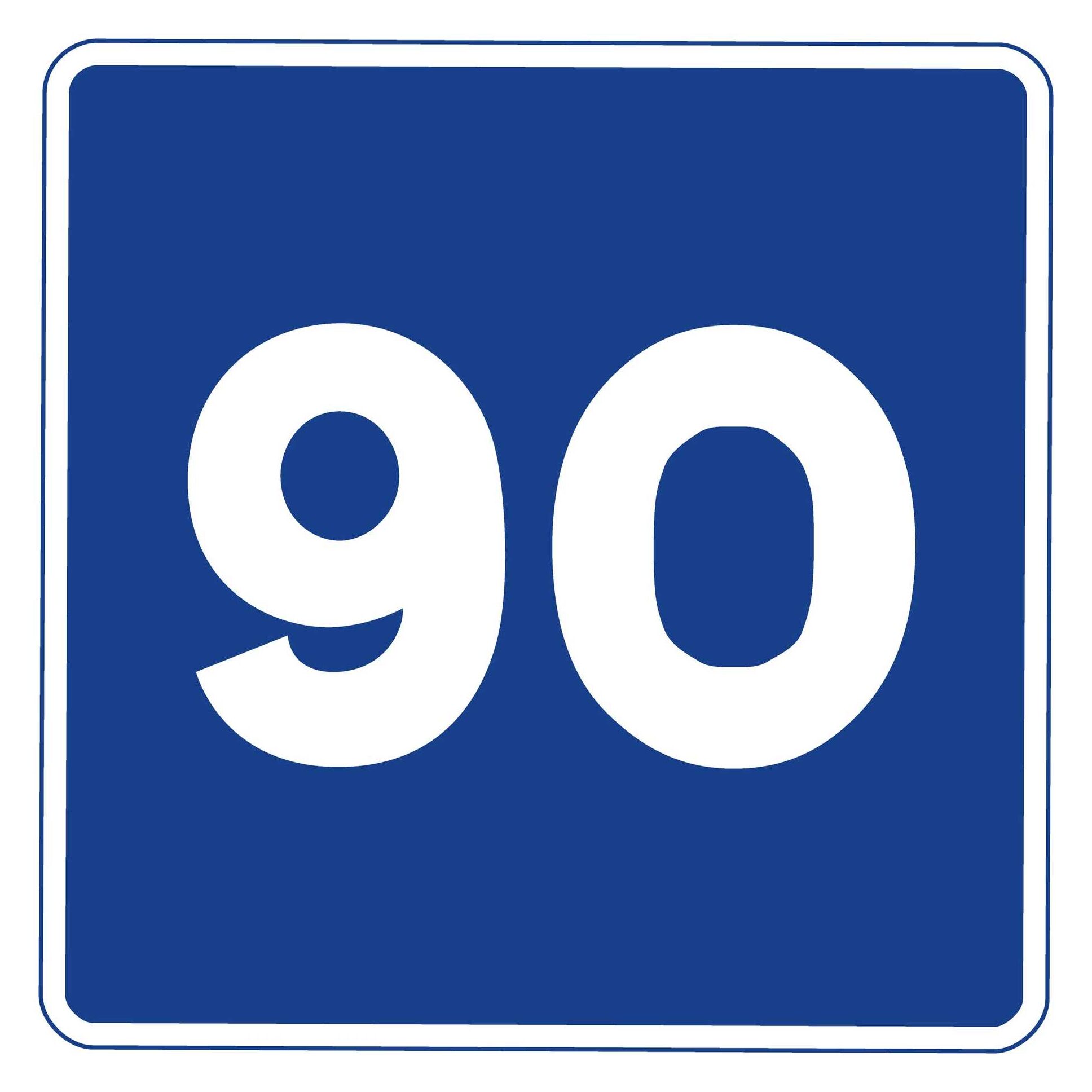
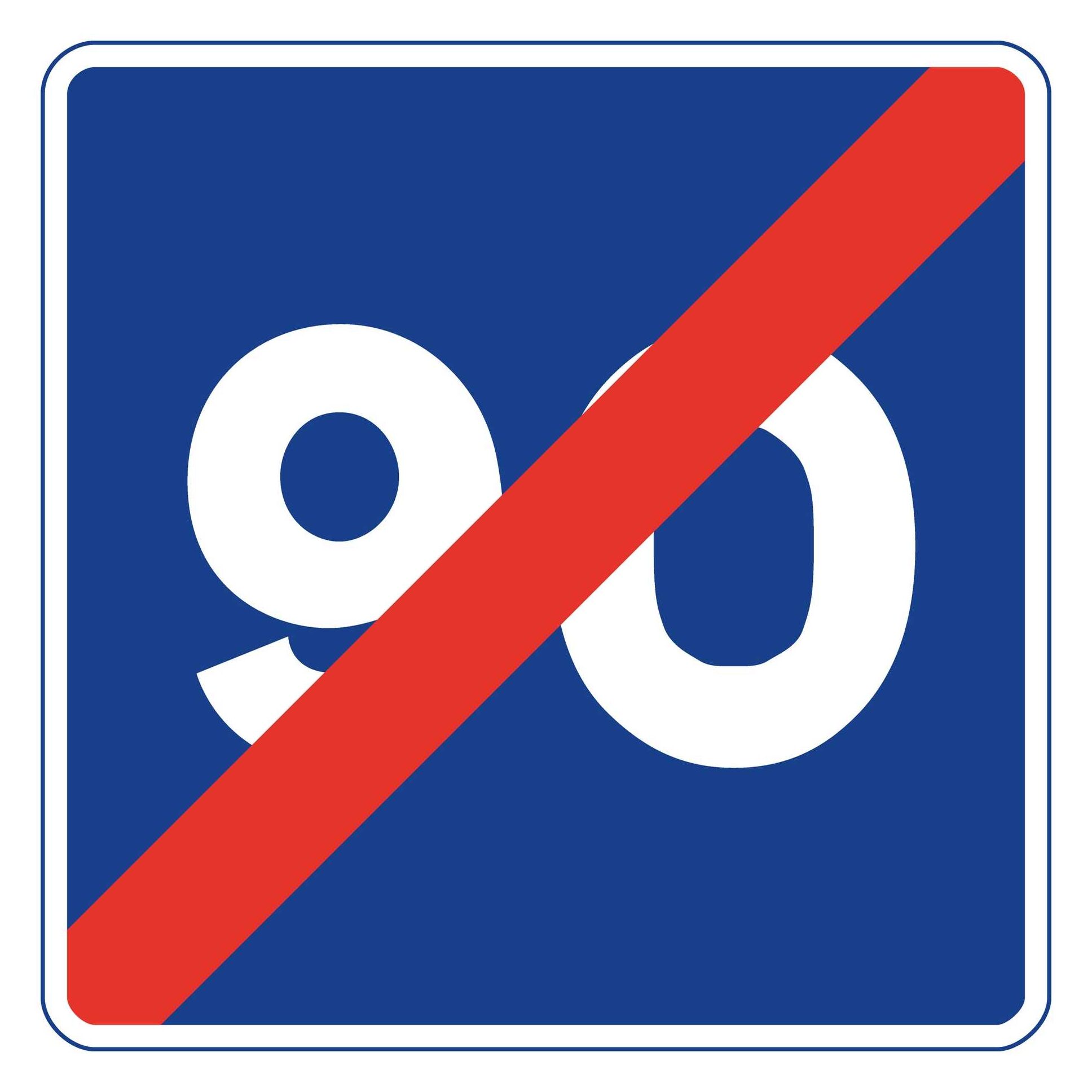
A blue square with a number in the middle displays a maximum recommended or maximum safe speed to travel on a stretch of road. The same sign with a diagonal line means the maximum recommended speed no longer applies.
Give Way
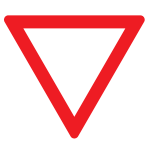
Spanish ‘give way’ signs are text-free. A downward-pointing red triangle signals that you must yield to oncoming or crossing traffic. This sign is usually paired with road markings indicating where to stop.
Stop
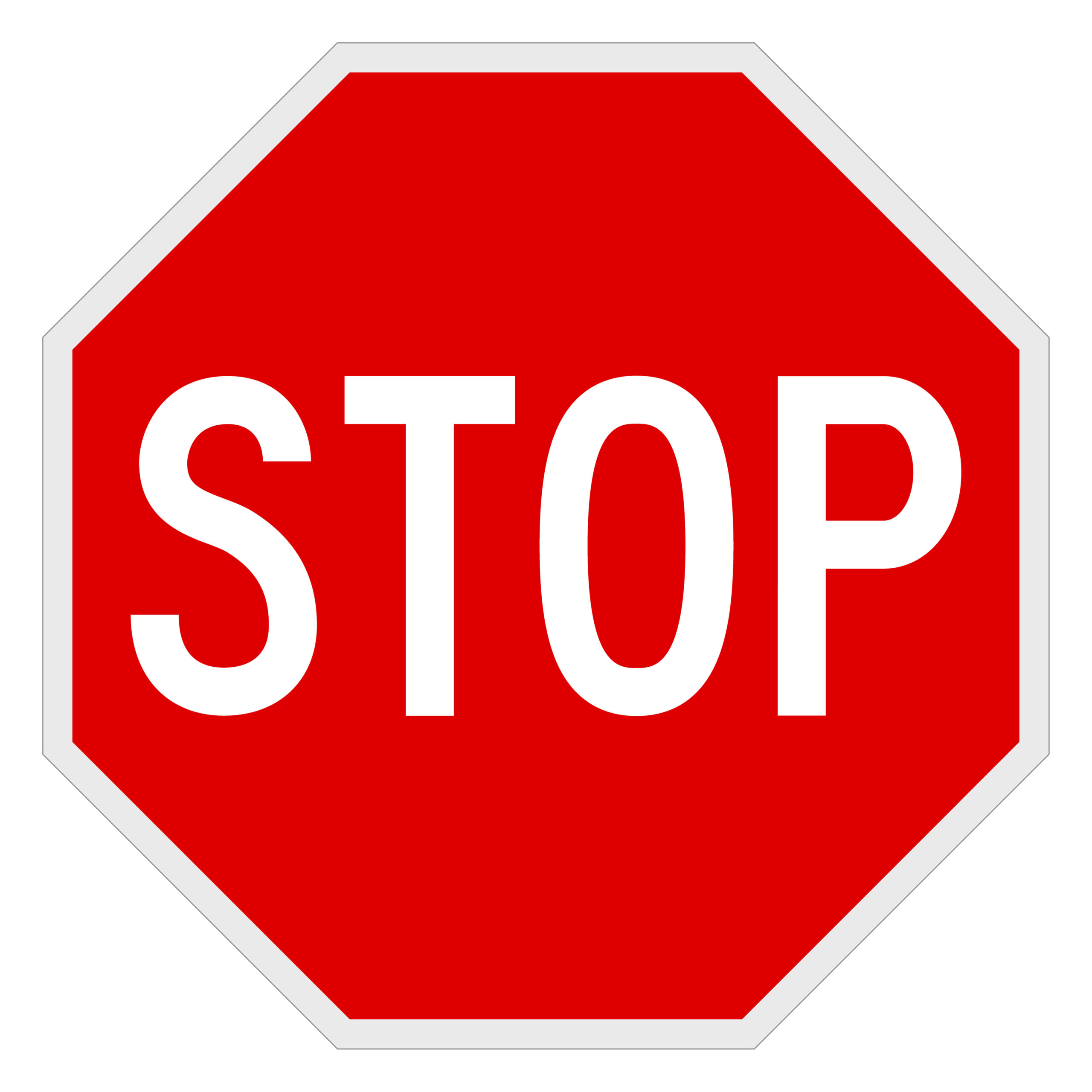
The red octagon with white text and ‘Stop’ written in English is used widely across Europe regardless of the local language. The sign will be next to road markings showing where to give way to traffic.
Roundabout

Spanish roundabout signs are almost identical to the ones in the UK except the arrows point counterclockwise, rather than clockwise. This is because traffic moves on the right-hand side of the road.
No Cars Allowed

This means that cars are not allowed; if you come across the sign you might need to find an alternative route to avoid breaking local traffic laws.
Accident Hotspot
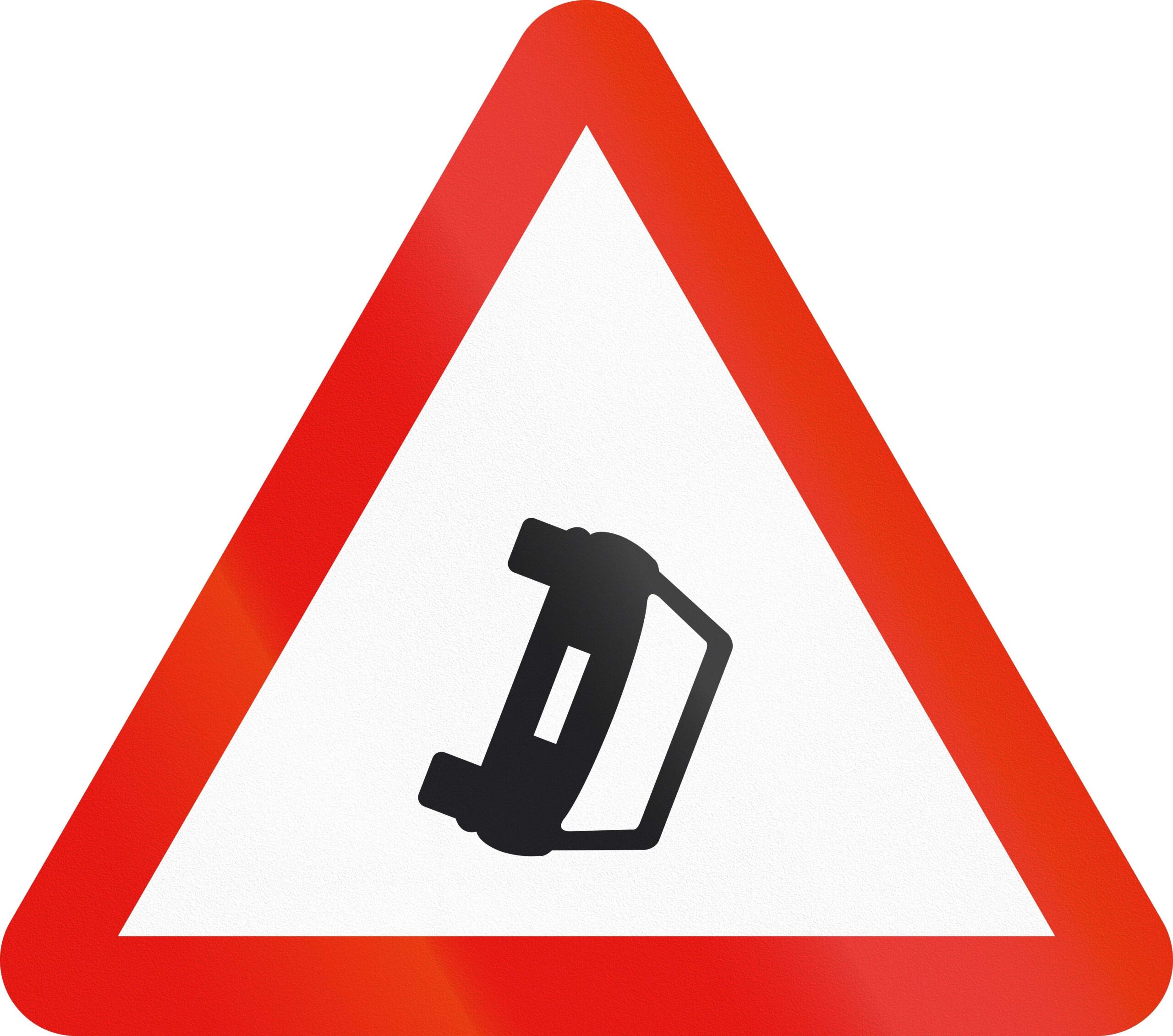
The image of a toppled-over car inside a triangle is placed near accident hotspots to remind you that you need to pay extra attention to their speed and the layout of the road.
Uncontrolled Crossroad
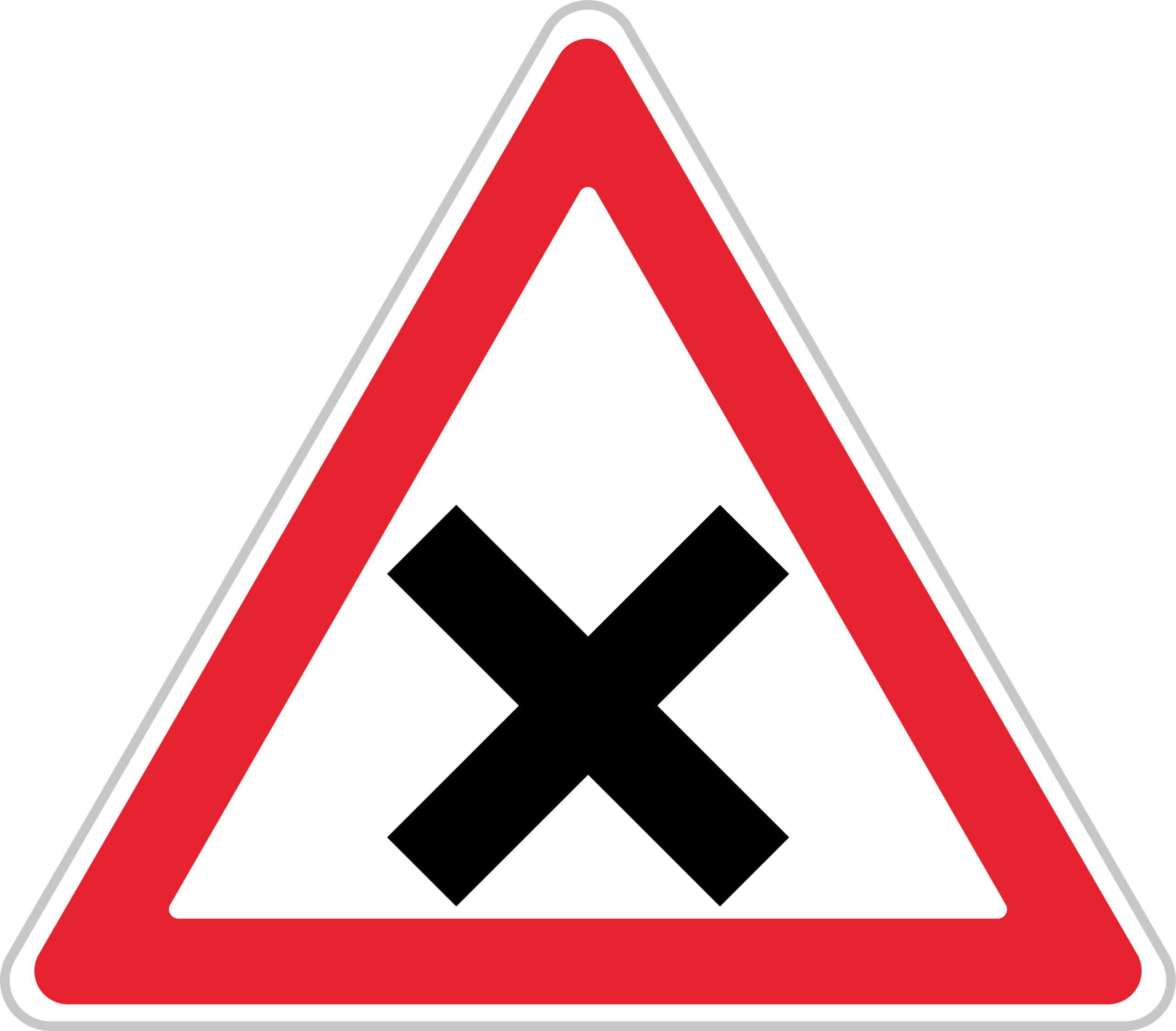
This warns drivers that the junction ahead doesn’t use lights or road markings expected to control traffic. When arriving at these crossroads it’s important to give way to vehicles approaching from the right.
No Parking/No Stopping
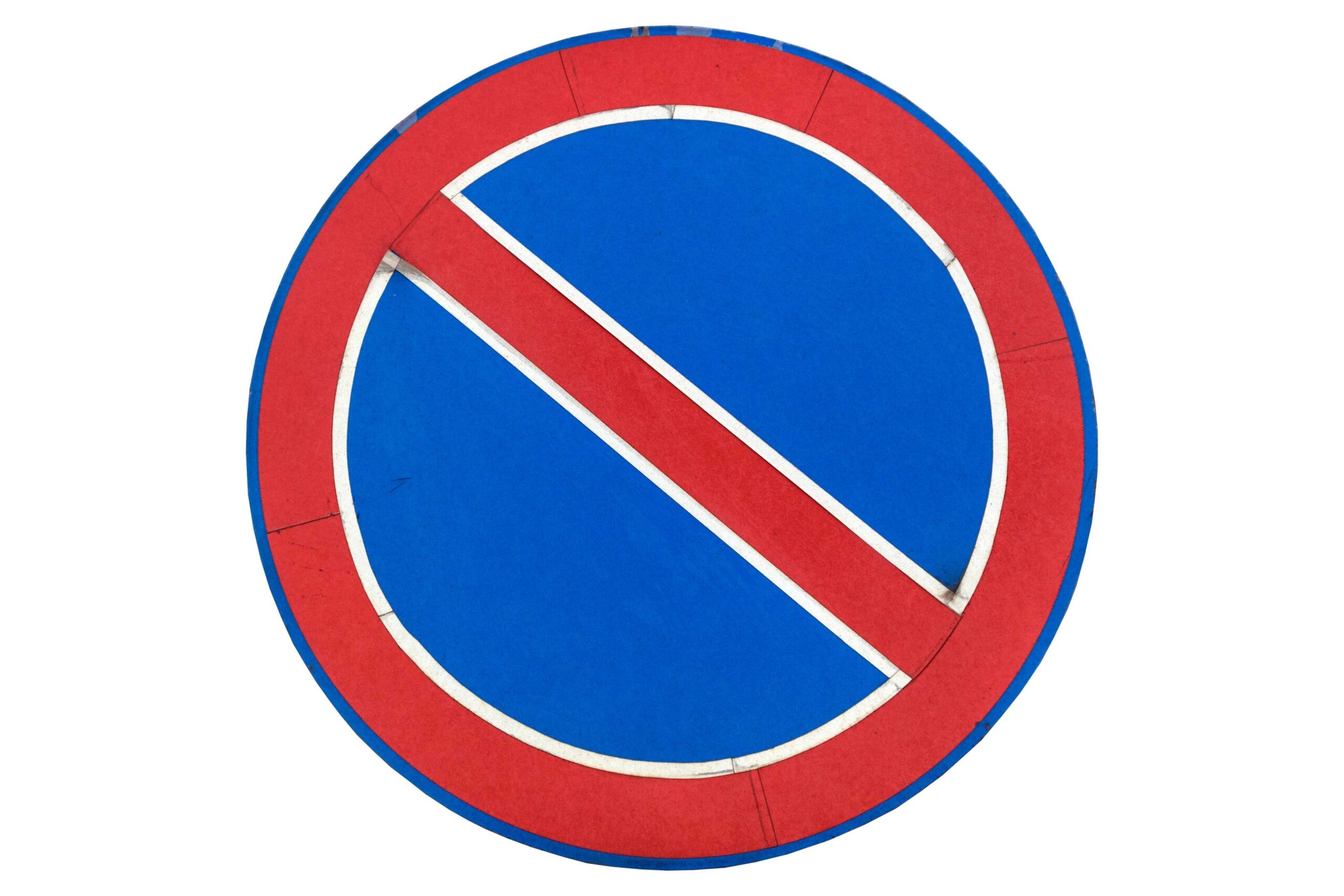
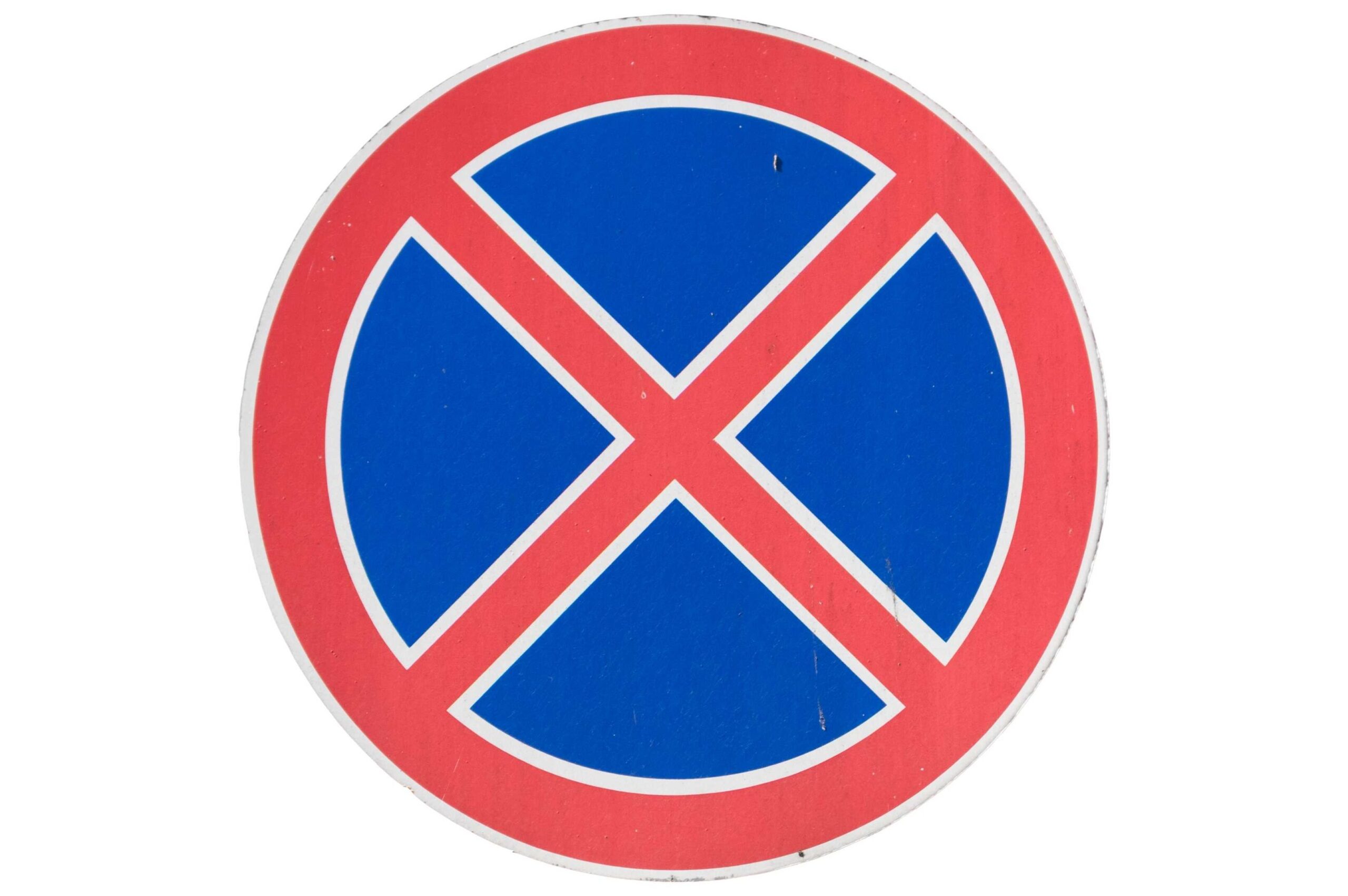
The ‘no parking’ sign uses one diagonal red line and the ‘no stopping’ sign uses two in a cross formation. Rules apply until you see and ‘end of zone’ sign – this is a black diagonal line over the top of the no parking or no stopping sign.
Priority Road Starts/Ends

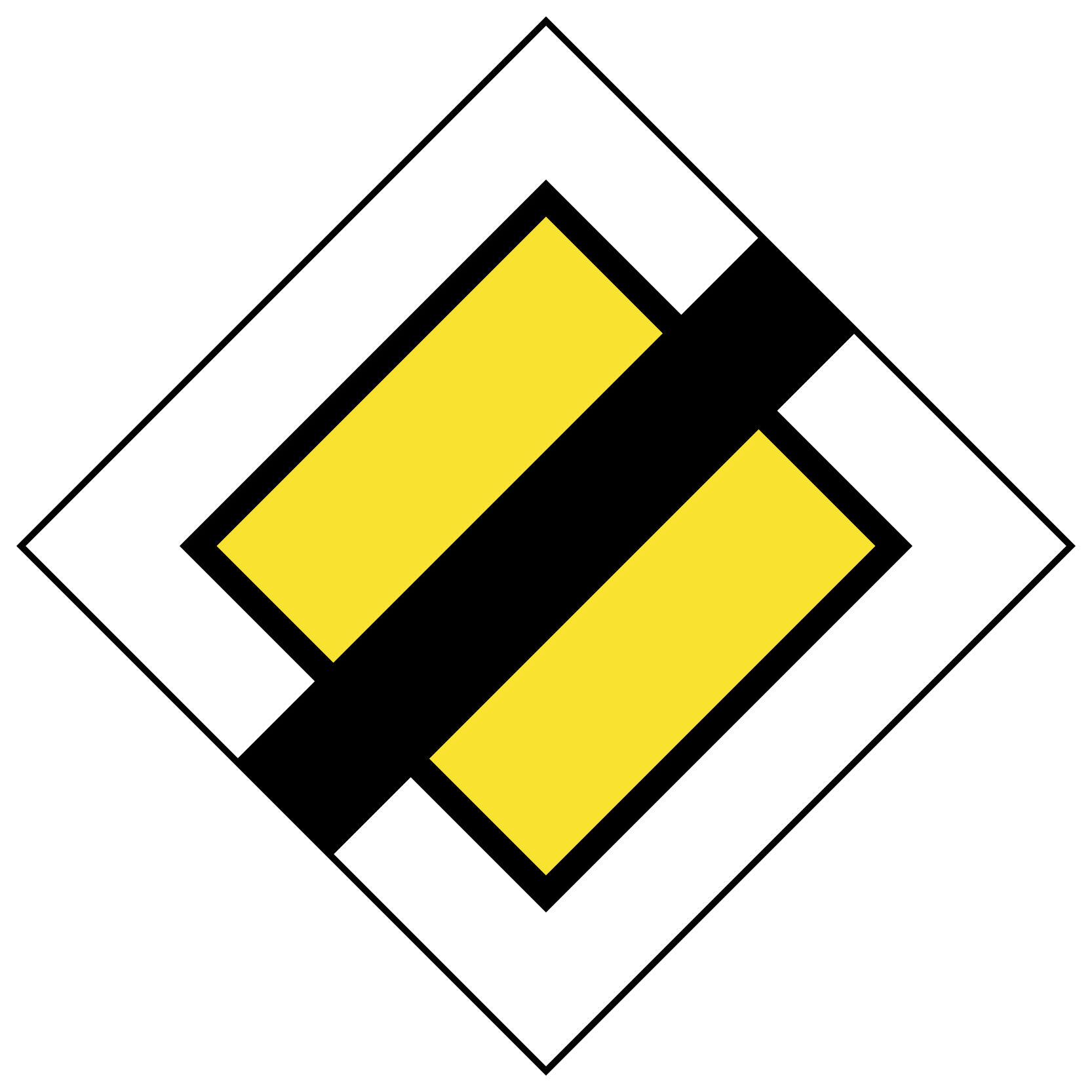
A yellow diamond with a white border indicates the start of a priority road. If you are travelling on this road, it means you have right of way. The ‘end of priority’ road is the same sign with a black line through it. This means you no longer have priority on the road.
Road Bends Ahead

This road sign indicates the direction of the main road. The thick line shows the path of the main road, while the thinner lines represent smaller roads. Even if these smaller roads seem to go straight ahead, be sure to use your indicators when entering or leaving the main road.
Customs, Police Roadblock & Toll

This road sign is multipurpose and is used by customs officers, the police and before toll booths. You might see the words ‘peaje’, ‘Peaxe’ or ‘Peatge’ meaning tolls. The word ‘Aduana’ means customs and ‘Policia’ means police.
Railroad Crossing with One or More Railway

This sign tells drivers the road ahead will intersect with one or more railways. If you come across this sign, pay attention to barriers or traffic lights telling you to stop your car.
Spanish Road Markings
Spanish road markings are similar to those found across Europe but it’s always a good idea to familiarise yourself with them before driving. Here is a guideline:
- Solid continuous white line: This marks the edge of the road or separate lanes. Drivers are not allowed to cross this line unless it is an emergency.
- Broken white line: Separates lanes of traffic; drivers may cross these lines when it is safe to do so such as overtaking.
- Solid continuous yellow lines: Indicates that stopping and parking are prohibited. You will often find these along curbs in cities and towns.
- Broken yellow lines: This suggests a no-parking zone. Stopping briefly to load or unload passengers or goods is allowed.
- Blue markings: Often indicate regulated parking zones where you may need a parking disc or to pay at a nearby meter.
It’s also important to watch for road markings that designate lanes for specific vehicles, such as bicycles, taxis and emergency vehicles. Driving in these restricted lanes could result in a fine of up to €200.
Avoiding these unnecessary fines is easy, simply stay alert to your surroundings, pay attention to the signs and road markings and drive with care. Additionally, consider car rental excess insurance so you know you have every eventuality covered.


Comments are closed